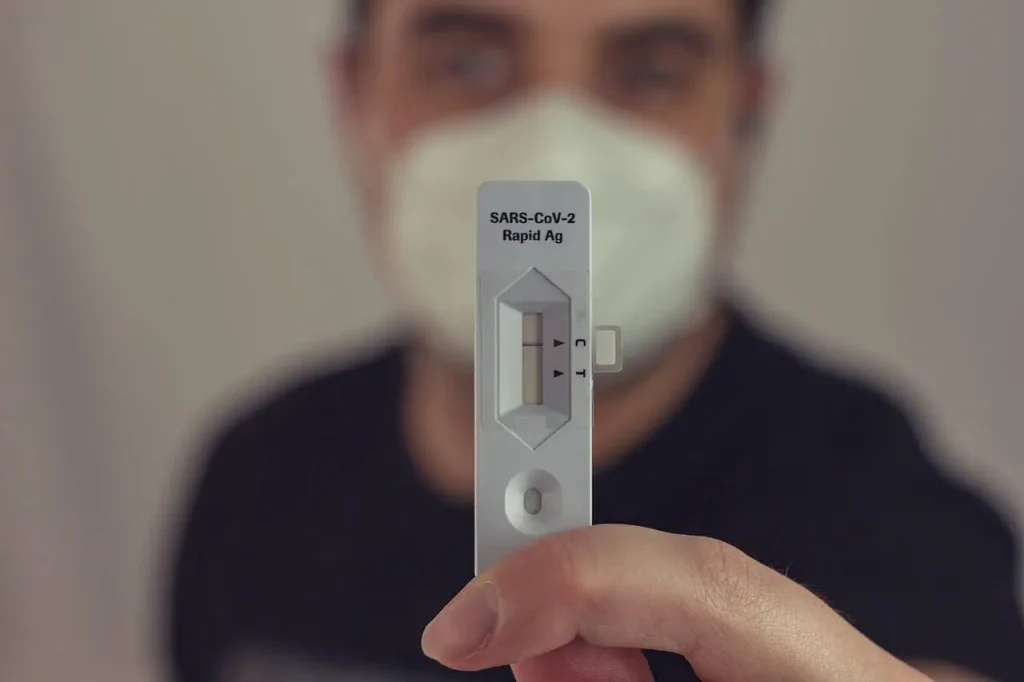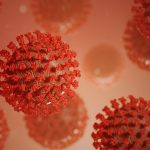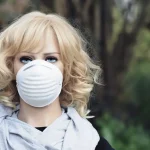Croatia is under attack by a new wave of highly contagious coronavirus subvariants, which have increased the proportion of positives among those tested to as much as 30 percent. According to the Croatian Public Health Institute (HZJZ), the number of new cases daily has exceeded a thousand.
Subvariants of omicrons BA.2 and BA.4, and BA.5 are now circulating in the region; middle-aged citizens, from 30 to 69 years of age, are most exposed, while children are less infected because there are no classes.
A new wave of infections in Croatia began at the end of June when an increased share of positives in the total tested was recorded. The city of Zagreb, Split-Dalmatia, and Primorje-Gorski Kotar counties have the most infections, while the most favorable situation is in the Virovitica-Podravina County, which has only three new infections.
In the last week, an increase in the number of hospitalizations and deaths was also noticeable, but this did not increase the interest in vaccination, so only 300 to 400 people are vaccinated daily, and less than 50 with the first dose in the entire country.
Citizens may wait for a new bivariate vaccine containing both the Wuhan and the omicron components. The European regulatory agency EMA could approve it at the end of August and the beginning of September at the earliest.
When asked about the possibility of re-introducing covid-certificates in the fall, the HZJZ replied that, according to their knowledge, there are no plans to re-introduce covid-certificates in the fall or winter at the moment.
Although some European countries have passed the peak of new infections, Croatia is still in the upward phase. The peak is expected in August, given the experience so far, which shows that the wave of infection lasts for several weeks.
All sick people, regardless of whether they have been vaccinated, must be isolated for seven to ten days, with the possibility of earlier termination in the case of testing on the fifth day from the beginning of the infection at the earliest.
The measure of quarantine or self-isolation is not mandatory for close contacts of positive persons, they should wear a mask for ten days after the last contact, and self-testing is also recommended.
Although a public controversy has recently developed about how well masks even protect against new variants of the virus, the HZJZ points out that, along with respecting physical distance, they are still the basis of preventing the spread of droplet infections.
“Only the use of masks is the domain of each individual’s responsibility and awareness,” notes the Institute for Public Health.
They emphasize the importance of vaccination again. The vaccine, they say, may not protect so effectively against the infection itself, given the high infectivity of the new omicron subvariants that are now circulating in our area. However, it still largely protects against more severe forms of the disease, hospitalization, and death.
A second booster is currently recommended for people over 80 and over 65 in nursing homes, at least four months after receiving the first booster. For this purpose, an mRNA vaccine (Comirnaty or Spikevax) is used. Also, a second booster vaccination is recommended for people with an increased risk of developing severe forms of covid and who were primarily vaccinated and boostered with the Janssen vaccine. The mRNA vaccine (Comirnaty or Spikevax) is recommended for the second vaccination.
According to HZJZ statistics, 57.76 percent of the total population in Croatia has completed vaccination, 23.26 percent received an additional (booster, third) dose, while 2,014 people received a second booster (so-called fourth) dose.
So far, 8,839,440 doses of the covid vaccine have arrived, and a total of 5,263,284 doses have been used. In addition, 1,335,780 doses are kept at the central warehouse, most Pfizer, of which 1,035,480 doses remain. In addition, there are 165,200 doses of Moderna vaccine, 96,000 doses of Novavax, and 39,100 doses of Janssen.
The expiration date for 28,300 doses of the Moderna vaccine expires this month, for 4,100 doses in August, and for 3,800 doses in September. The HZJZ notes that they expect the EMA to extend the shelf life of Moderna’s vaccine from 9 to 12 months.
Estimates say that around 200 kg of vaccines will need to be destroyed, mostly Moderna and AstraZeneca. The cost of destruction per kilogram is HRK 12.50, including VAT, around HRK 2,500, according to the Institute of Public Health.
Croatia has so far donated 1,958,120 doses, including COVAX donations. Outside the COVAX system, the most were donated to Iran, BiH, North Macedonia, and Rwanda. As part of COVAX donations, most of them were donated to Egypt, Indonesia, Tajikistan, and Pakistan. As a rule, the donation does not imply a refund to the country that donates the vaccine.
Source: Jutarnji List
For more on the news in Croatia, follow TCN’s dedicated page.











